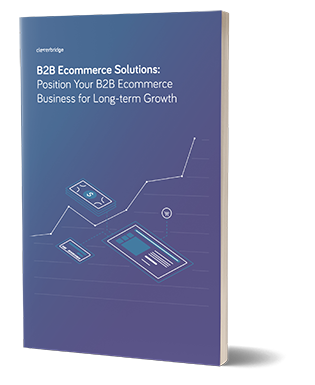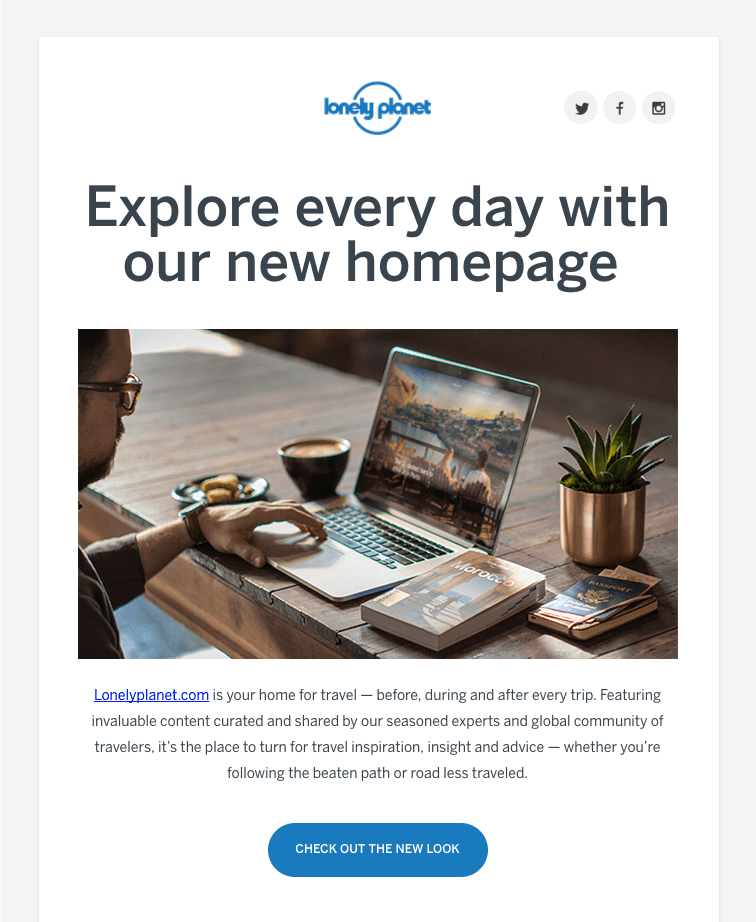Despite the prediction that email marketing is being phased out as the most powerful communication channel, it still remains one of the best-converting communication means available, with an average ROI ratio of $38 for every dollar spent.
Since email marketing is such a ubiquitous tool, there are best practices to follow in order to increase conversion rates and make each email generate maximum revenue. A specific best practice is the design and content that is viewed without requiring any effort or action from the receiver: the so-called “above the fold.”
A Human Approach
Like many things in life, email doesn’t always get second chances – to be read, to be opened, to convey its message, and to be useful in achieving its mission, which is to convert.
If emails were humans, they would certainly take a second look in the mirror, making sure they look at their very best before setting off and dispersing into the ether. They know how important it is to make a good first impression.
The major task of the email marketer is to help email campaigns succeed – at first sight.
‘Above the Fold’

The term “above the fold” derives from the world of the dear, old print newspapers, namely the part of their cover which remains visible after folding it in two. Translated into email marketing terms, it indicates what a subscriber sees of the entire message without having to scroll within the message. The uppermost part of it measures roughly 350 pixels high by 650 pixels wide. Though many factors such as the receiver’s preview pane, monitor size, monitor resolution, etc., can interfere in the final result.
This mentioned chunk of email – subject line included – is what makes up the “first sight” of an email.
Depending on how good, well-structured and interesting this part is, the receiver will decide to read on after a high-level, subconscious screening. That first sight makes or breaks that message, as it’s the deciding factor in whether or not the message stands out from others and entices the reader to scroll down to get the full picture.
The Email’s Main Elements
To achieve the above, it’s necessary to consider using a short – yet effective, concise and clear – subject line, an easy-to-identify sender name and a catchy pre-header. We’re all so overwhelmed with spammy emails that deleting an email is sometimes easier than recognizing it as being worth reading.
Regarding the content of the email itself, two items cannot be omitted:
1) Company logo: clear identification is fundamental in email marketing.
2) Preview link: to open the message in the browser – in case something should not render correctly due to one or more of the variables that depend on the reader’s email services provider (ESP) or device.
Catch the receiver’s eye by including captivating images and engaging copy. The hard part about this is balance. You don’t want to include too much information above the fold, rather make the receiver eager to read on. Colors, graphics and icons are determinant and mainly depend on the content of the email. Knowing your audience members, meeting their tastes, adapting the style to suit them are vital means to enhance the chances of improving conversions. See the example below.
From a more technical point of view, it’s fundamental to keep in mind that overloading the content with too much text and elaborate HTML can be detrimental to the overall visual experience, as some ESPs, such as Gmail, could clip the message. Instead, it’s recommended to include links pointing to external landing pages.
The main focus of the message should feature a strategically positioned Call-To-Action link. The CTA is a descriptive, clear, explicit action the reader takes by clicking on it.
The digital era also means that many of us use mobile phones to view (or at least preview) what we receive while on the train or rushing around town. Give readers the chance to get the full visual experience. Once the email is opened, no one wants to have to zoom in and out to be able to see what we’re saying. There are several tools that render emails properly on different devices – mobile phones and tablets included.
Better Customer Experience Equals Higher Conversion Rates
In today’s world full of misleading and deceptive communications coming in from all angles, emails are regarded as one of the most mistrustful means.
Anytime I mention what an email marketer does or what my responsibilities entail, I rarely get a reaction other than “oh, you send those junk emails that fill up my inbox.” Email marketing’s main purpose is just the contrary, to make sure that only relevant emails are delivered to the receiver who wants or even needs to get them.
This common misconception of email compels every marketer to put best practices in place to improve the customer experience, so the receiver can tell the difference between junk email and, let me call them “healthy” emails straight away, at first sight.
Following the easy principles above can be helpful in delivering an enhanced customer experience, which can lead to a directly proportional boost in conversion rates.
Simone Sandrin is the digital marketing coordinator for cleverbridge.
